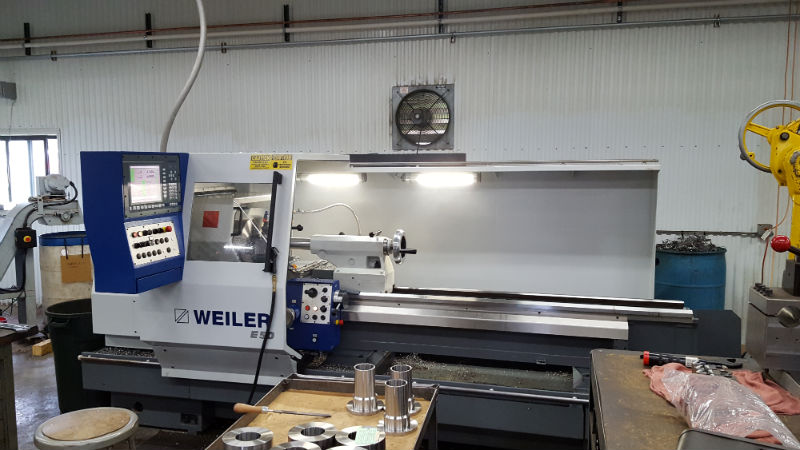Drilling into any type of metal, alloy or material is not as simple as it may first appear. To create a precise and accurate hole, for meeting any tolerances or standards required, it is essential to consider both the workpiece as well as the specific drilling operation that is best suited to the task.
Materials and Workpiece Considerations
The first step in any drilling operation selection is to understand the material properties and characteristics. It is very different drilling in aluminum compared to plastic or even stainless steel. Understanding how the various alloys, metals, and non-metals used across industries is essential in choosing the right type of drill.
The size and the shape of the workpiece in relation to the size of hole that must be drilled is another factor to consider. Failing to take these issues into consideration results in lower quality processes, reduced precision and an increase in waste during production.
Drilling Equipment
The quality and the precision that is achieved through any drilling operation is largely a factor of the quality of the equipment used in the process. By considering both machines used in the process as well as the expertise and experience of the company, an OEM can select the best service to partner with for the job.
While CNC drilling on a VMC (Vertical Machining Center) or with a CNC lathe is often used, there are still times when manual machines are the best option. Carefully considering all factors, including the precision needed and the production volume required, is essential in determining the most cost-effective way to complete the process without sacrificing quality.
For most parts and components, drilling is only one of the services required. Look for a machining service that offers everything you need, which also helps to reduce the cost and time of production.








